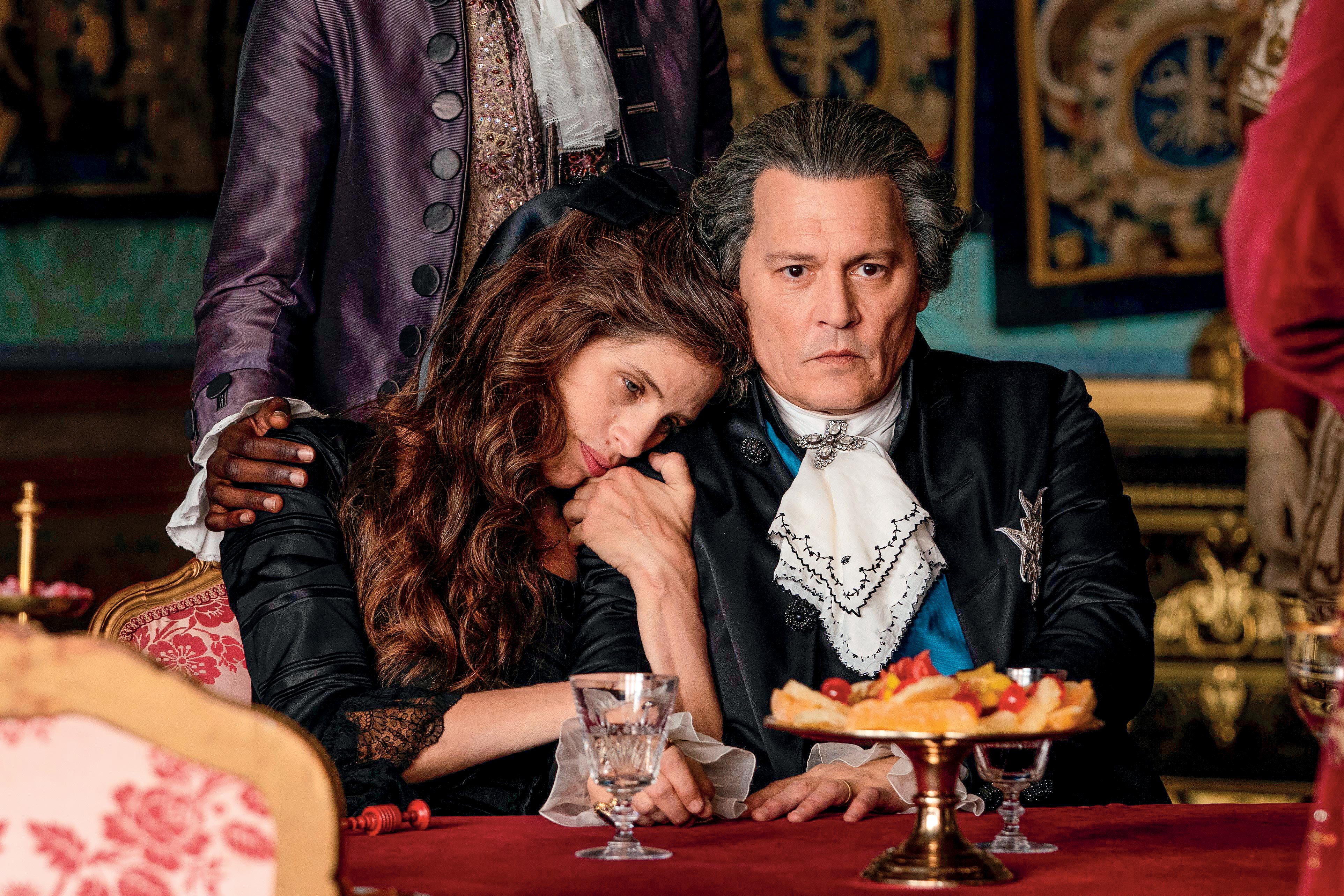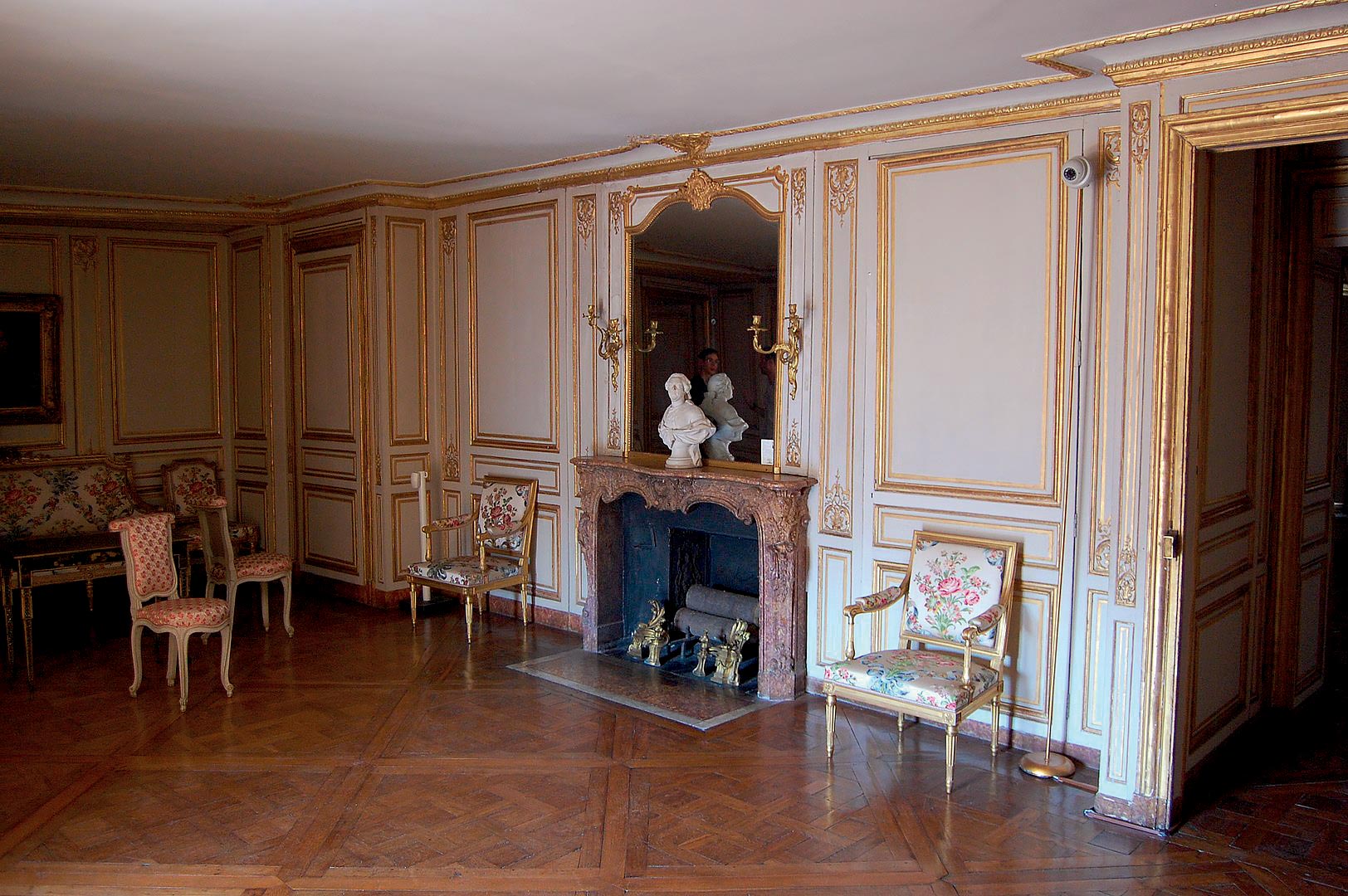She experienced both a rise and a downfall, going from servant to countess. Before her life was cut short by the blade of a guillotine, she was the official mistress of King Louis XV. She inspired many an author of erotic literature, composer, and filmmaker. Who really was Madame du Barry?
She was one of the most beautiful women of her time. Her life story is right out of a romance novel, featuring both a rise to fame as well as a fatal downfall during the French Revolution. Born Marie-Jeanne Bécu, later known as Madame du Barry, she was of humble origin but managed to conquer the royal court following the death of Madame de Pompadour. She spent several years in a monastery as a child. Before becoming the king's official mistress, she made a living in various professions. In Versailles, du Barry was a fervent supporter of the arts, befriending artists and scholars alike, including Voltaire, who was one of her admirers. She nurtured the neo-classicist style in the royal palace, but her rule of beauty and intrigue only lasted five short years within its walls. Despite not having quite the same political reach as Madame de Pompadour, she still exerted her influence over the king in his judicial decisions and personal matters. Du Barry supported the French aristocracy exiled to England, which put her in the crosshairs of both the French and English secret services. Her eventual departure from Great Britain turned out to be a fateful misstep...
From monastery to brothel
Marie-Jeanne was born on August 19, 1743, in Vaucouleurs, a small commune in the Duchy of Lorraine, but her ancestry is shrouded in mystery. She was supposedly the illegitimate child of a Franciscan priest and a poor but very attractive seamstress named Anna Bécu. According to a falsified birth certificate fabricated at the time of her marriage to du Barry, she was the daughter of the late noble Jean Baptiste Casimir Gomard de Vaubernier who also happened to be a Franciscan Tertiary. As a five-year-old, she was sent to be educated in the Sainte-Aure Convent on the outskirts of Paris. After coming of age and leaving the monastery, Jeanne took full advantage of her freedom. She made her living as a hawker in the streets of Paris and later found employment as a clerk in the La Toilette brothel, which was frequented by members of high society. The beautiful Jeanne conquered the hearts of rich men and found an additional stream of income in the "oldest profession". Before meeting Jean du Barry in 1763, she flitted between various influential and affluent lovers.
Meeting the king
Jean du Barry, a noble scion from Gascony, was known throughout Paris as a ladies' man, gambler, overbearing cynic, and a wealthy pander. Marie-Jeanne Bécu became his lover and managed his salon, which was really a luxury brothel. The establishment's clientele included the most influential royal courtiers, including the illegitimate son of the famous cardinal, Marshal Richelieu. Du Barry leveraged the beauty of his paramour to strengthen his influence in Versailles, marrying her off to his brother Guillaume. Meeting the King's chamberlain, Le Bel, was a stroke of fate that helped him introduce Jeanne to the royal court. It was he who facilitated her meeting with the aging King Louis XV in Versailles in 1768. The King was immediately taken with her.
Negligible influence
The King was a man of insatiable sexual appetite. With the blessing of his wife Marie Leczinska, he went through throngs of mistresses. His famous acts of sexual debauchery with young ladies in the Parc-aux-cerfs "harem" were enabled by his chamberlain Le Bel and his first royal mistress Madame de Pompadour who procured the women. Following her death in 1764 and the demise of Marie Leczinska four years later, meeting the unknown young beauty was a breath of life for the widowed ruler. She was only officially introduced to the court in April 1769, and she was treated there with derision. Duke de Choiseul, the foreign minister at the time, was du Barry's most prominent opponent, which ended up costing him his seat. Unlike Madame de Pompadour, du Barry's influence in the French royal court was negligible in terms of political matters and was mostly limited to intrigue.
Strong supporters
Her beauty was a source of jealousy and a thorn in the sides of many at Versailles who tried their best to embarrass the king's mistress. The charming Madame du Barry, however, had her former lover, Louis Francois de Richelieu, in her corner. With his aid, a group of influential supporters of the king's paramour was formed. Among them was even the picture of modesty at the time – Queen Marie Theresa who was desperately trying to maintain the unsteady French-Austrian alliance. She would often goad her youngest daughter Marie Antoinette into making peace with Madame du Barry. However, the web of intrigue with the favorite mistress at its center kept growing. The ice was eventually broken by Marie Antoinette at a New Year's ball in 1772, when she finally addressed Madame du Barry, albeit indirectly, by remarking offhandedly, "There are many people at Versailles today."
Fateful return
The death of Louis XV in 1774 brought du Barry's time in the royal court to an end. A day before his death, the King arranged for his mistress to be transported to the Pont-aux-Dames Convent. She didn't stay long, however, and in 1776, moved to the Louveciennes chateau, gifted to her by the king, where she subsequently got involved with the English Lord Henry Seymour and Duke de Brissac. The unstoppable force of the revolution following the conquering of the Bastille had no major impact on her life. When her jewelry was stolen from the chateau in 1791, she decided to pursue the burglars to the British Isles. There she met with the exiled French nobility, which put her in the crosshairs of the secret services, both French and British. The domestic political situation in France gradually deteriorated for her and her lover, Duke de Brissac. When a rowdy mob murdered him on his way to Versailles and threw the duke's head at her feet, Jeanne elected to leave the country, going to England where she later learned about the execution of Louis XVI. The hopes of receiving the inheritance left behind by de Brissac drew her back home. She was under the illusion that the situation in France posed no substantial danger to her, and so returned to Paris. In September 1793, she was arrested, put on trial for crimes against the revolution, and sentenced to death. In a vain attempt to save herself, she gave away the location of gemstones she had hidden as well as the names of other people who were later also sentenced to death. None of it helped.
One more moment
Marie-Jeanne du Barry was executed by guillotine on December 8, 1793, aged 50, at the Place de la Révolution in Paris. Her death was one for the history books. Crowds had gathered at the guillotine site, everyone eager to steal a glance at Louis XV's mistress and see how a woman of the people would bear her punishment. The angry crowd was softened by her pleading with the executioner, Sanson, as she cried, "One more moment, Mr. Executioner, I beg you!" She pleaded for mercy and cried until the very moment when the edge of the guillotine struck her neck.
HELPING THE POOR
We've been seeing royal mistresses throughout history as far back as the Middle Ages. Some managed to attain the position and official title of royal mistress, which guaranteed them a distinguished place in court just behind the king's wife. They were essentially a kind of career "half-wives". Many leveraged what their positions offered them in ambitious ways, such as Madame de Maintenon or Madame de Pompadour. Madame du Barry ruled through beauty and intrigue but the arts and philanthropy were her preferred domain. She was compassionate and charitable, often trying to help the poor, which eventually ended up playing in her favor when she got back the assets that were confiscated during the revolution. She often pleaded with the king on behalf of people sentenced to death, saving numerous lives in the process.

The new movie "Jeanne du Barry", depicting the life of the famous royal mistress, stars Johnny Depp as Louis XV and Maïwenn (who also directed the movie) as his mistress.

These were the perks of her luxurious life in the royal palace of Versailles